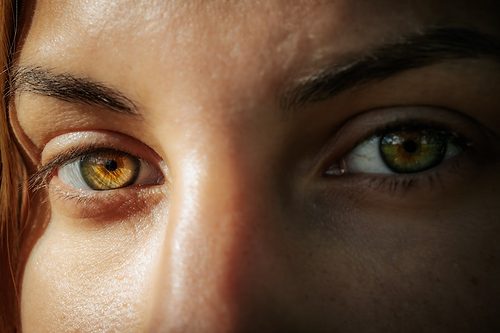General Psychiatry
METHAMPHETAMINE (Desoxyn) Fact Sheet [G]
November 29, 2023
ZOLPIDEM (Ambien, Edluar, Intermezzo, Zolpimist) Fact Sheet [G]
November 29, 2023
VORTIOXETINE (Trintellix) Fact Sheet
November 29, 2023
VITAMIN D Fact Sheet [G]
November 29, 2023
Diarrhea
November 29, 2023
SELEGILINE TRANSDERMAL (Emsam) Fact Sheet
November 29, 2023
LITHIUM (Eskalith, Lithobid) Fact Sheet [G]
November 29, 2023
DEXTROMETHORPHAN/BUPROPION (Auvelity) Fact Sheet
November 29, 2023
RISPERIDONE (Risperdal) Fact Sheet [G]
November 29, 2023
FLUVOXAMINE (Luvox, Luvox CR) Fact Sheet [G]
November 29, 2023

_-The-Breakthrough-Antipsychotic-That-Could-Change-Everything.jpg?1729528747)



